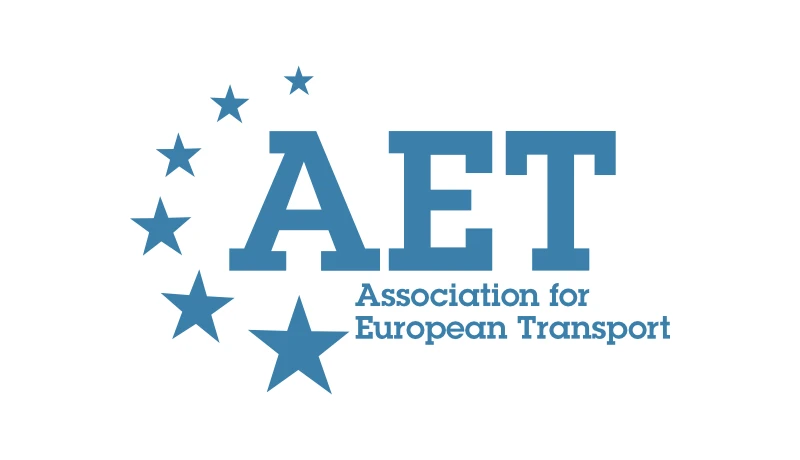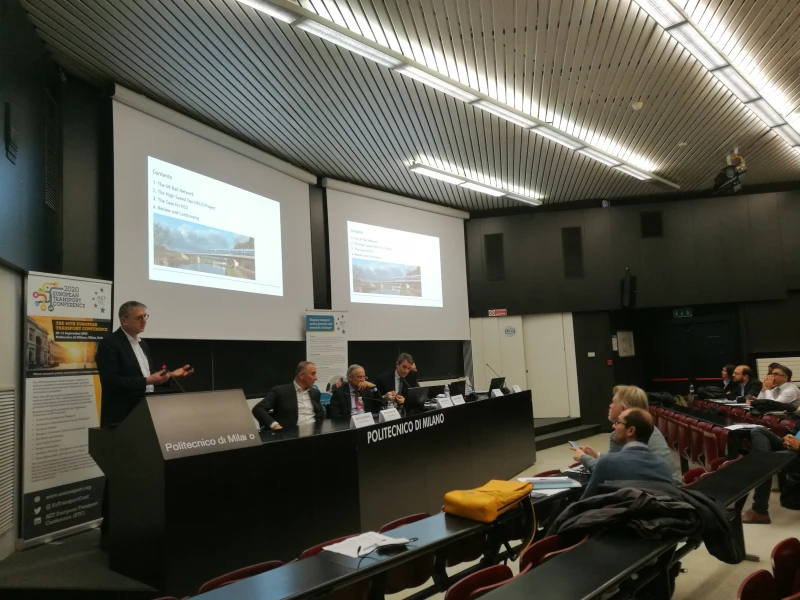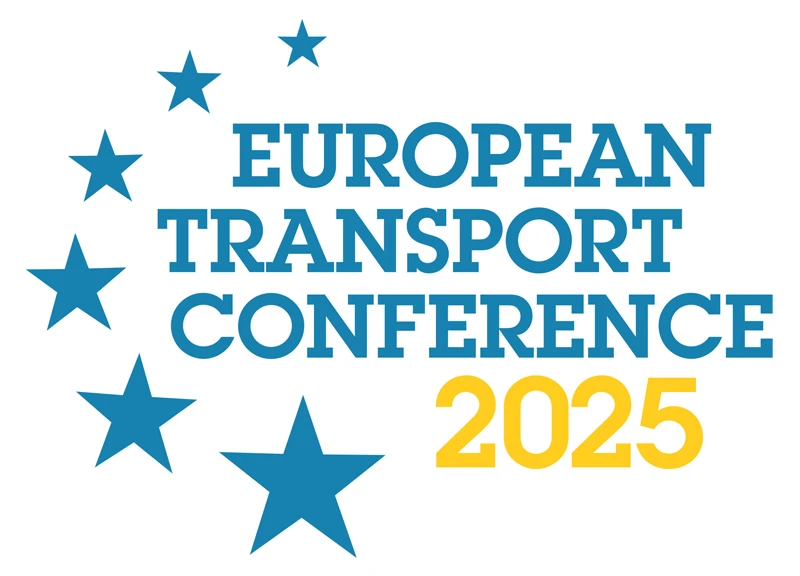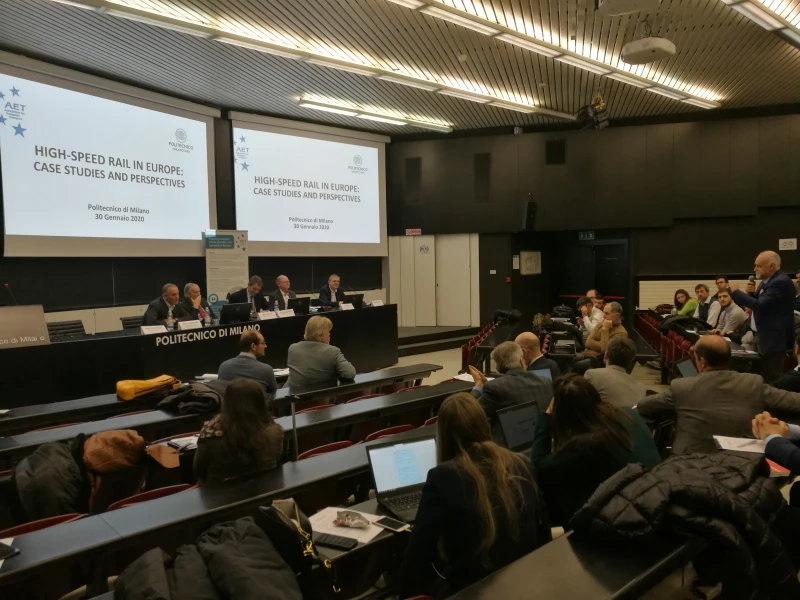-
Past ETC Papers
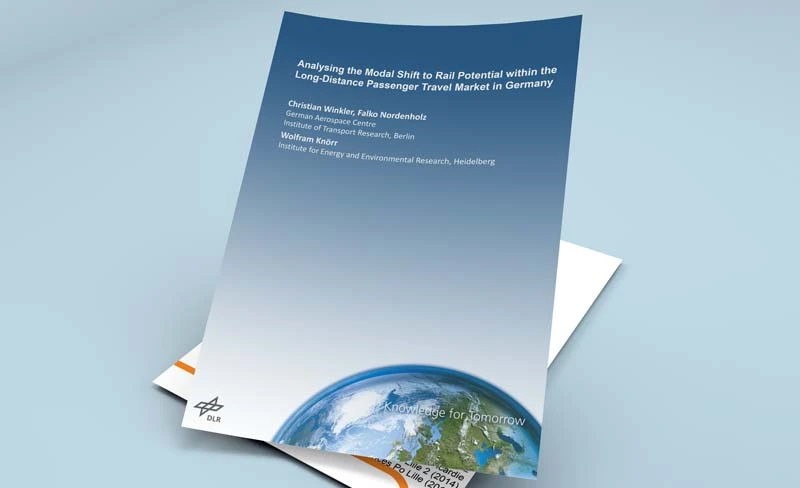
Browse, search and view papers from the past AET Conferences.
-
Members' Area

AET promotes networking and exchange of ideas, information and opportunities amongst members.
Conference Papers 2013
Frankfurt, Germany
ETC Conference Papers 2013
Best and Bad practices for the visually impaired in public transport: Appraisal and implementation of solutions
Seminar
Day 2 (1 Oct 2013), Session 3, Accessibility and Users, 13:00 - 15:00
Status
Accepted, documents submitted
Submitted by / Abstract owner
Christian Vogelauer
Authors
Christian Vogelauer, WU Vienna, Elmar W.M. Fürst, WU Vienna
Short abstract
Presentation and appraisal (economical, technical and benefical) of best and bad practices for sight impaired in public transport. Deriving of guidelines and policy implications.
Abstract
Public transport should, as might be assumed, allow for the mobility needs of all members of society to be fulfilled. This prerequisite should hold true whether the respective person is “just” the regular commuter on her or his way to work, the child on the way to school or the student travelling to university. However each of these persons has their individual needs and possibilities in coping with the barriers imposed on them. The commuter might be physically impaired and using a wheelchair, the child might not already be able to read and the student might suffer from impaired sight. All of these persons not only have a need of using public transport services but are entitled by law to receive the same opportunities as unimpaired passengers.
This unhindered access to the daily mobility provided by public transport services however is rather seldom met. On the one hand this is due to public transport companies not having enough knowledge and awareness on the specific needs, barriers and possible solutions for impaired persons but also due to slack standards and regulations allowing authorities and providers to circumvent barrier-free re-designing of the existing systems. As can be deducted it is an absolute necessity to investigate the respective target groups separately to gather group-specific information that can then be translated into feasible plans for barrier-free designs.
By far the largest group of handicapped persons requiring public transport systems for their daily mobility are persons with sight impairments. They constitute roughly 4-7% of the overall population with a concentration on urban regions due to improved support options. Therefore it is economically relevant to public transport providers to optimally service sight impaired persons within their respective systems. Furthermore, solutions improving the accessibility for this group unfold their effects to all groups using their visual sense while at the same time improving the comfort of public transport.
In a large scale research project at the Institute for Transport and Logistics Management of WU Vienna the needs and barriers to sight impaired passengers in public transport were investigated and evaluated. Based on these findings, possible solutions were developed and best and bad practices throughout Europe were identified. These practices were then rated with a newly developed indicator method incorporating the benefits to the target group as well as the technical and economic feasibility.
The proposed article represents the third and final publication on the topic of “Sight impaired in public transport”. With it, we will close the circle of the last two European Transport Conferences. We are going to present the – appraised – (by our newly developed indicator) best and bad practices of solutions currently employed in public transport systems. On this basis, we are going to derive guidelines for public transport operators and public authorities on how to best address the needs of sight impaired passengers in their systems, while also keeping them economically efficient.
Documents:

Association For
European Transport
Forester House
Doctors Lane
Henley-in-Arden
Warwickshire, UK
B95 5AW
+44 (0) 15 64 793552
VAT number: 710 1866 64
Conference Supporters & Endorsers




Legal Entity
The Association for European Transport is registered as an Association ('vereniging') with the Chamber of Commerce for Haaglanden in The Netherlands under company number 27170096.
Built on Zenario

